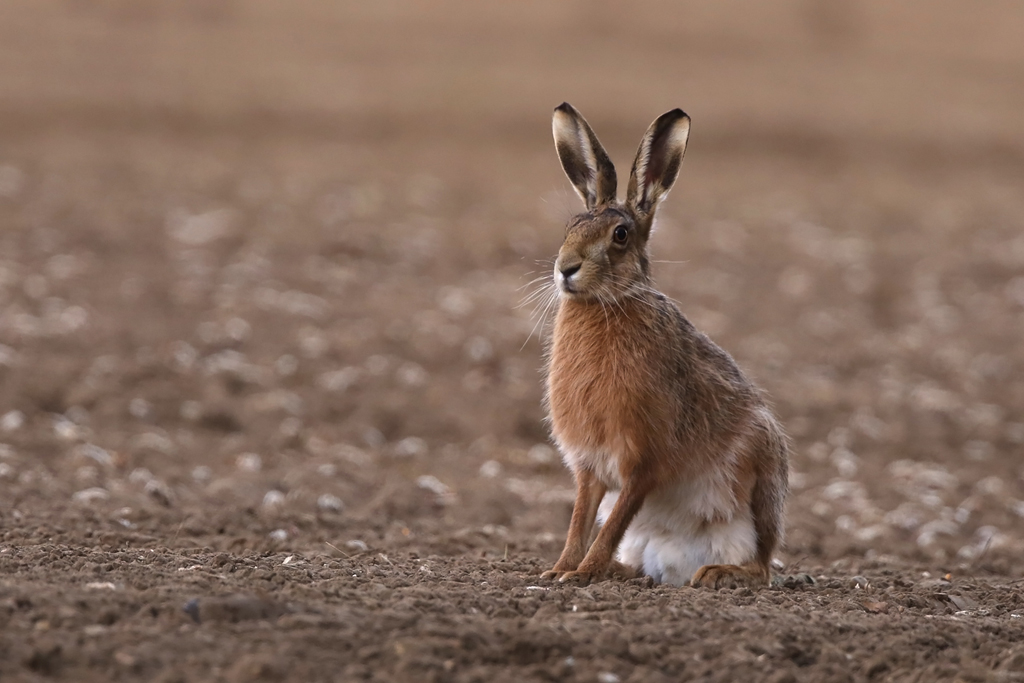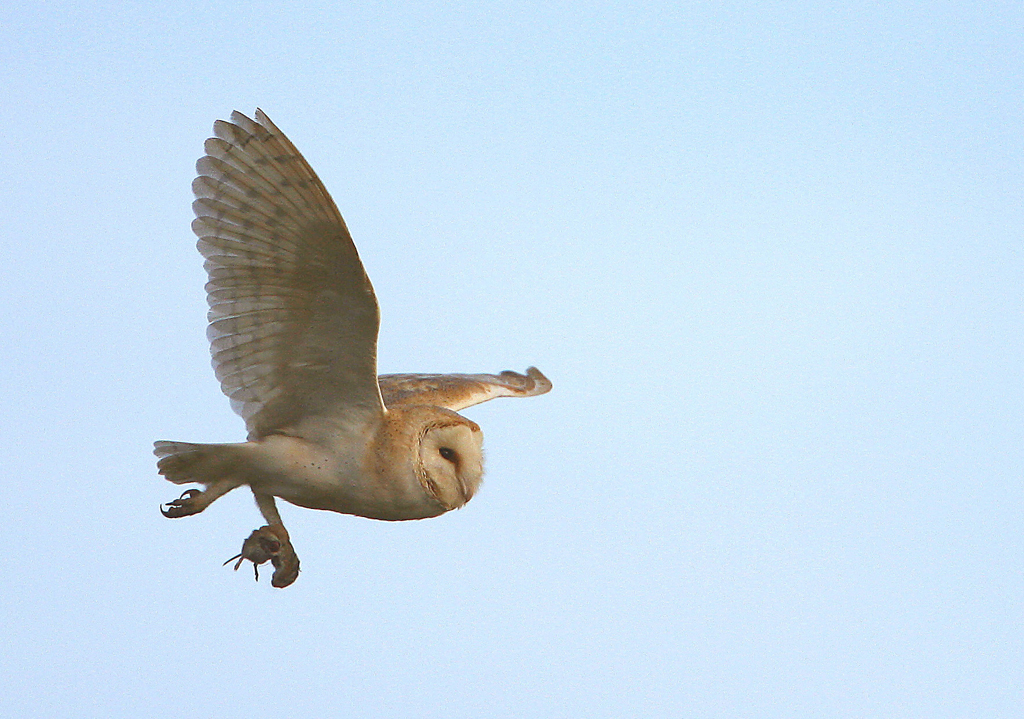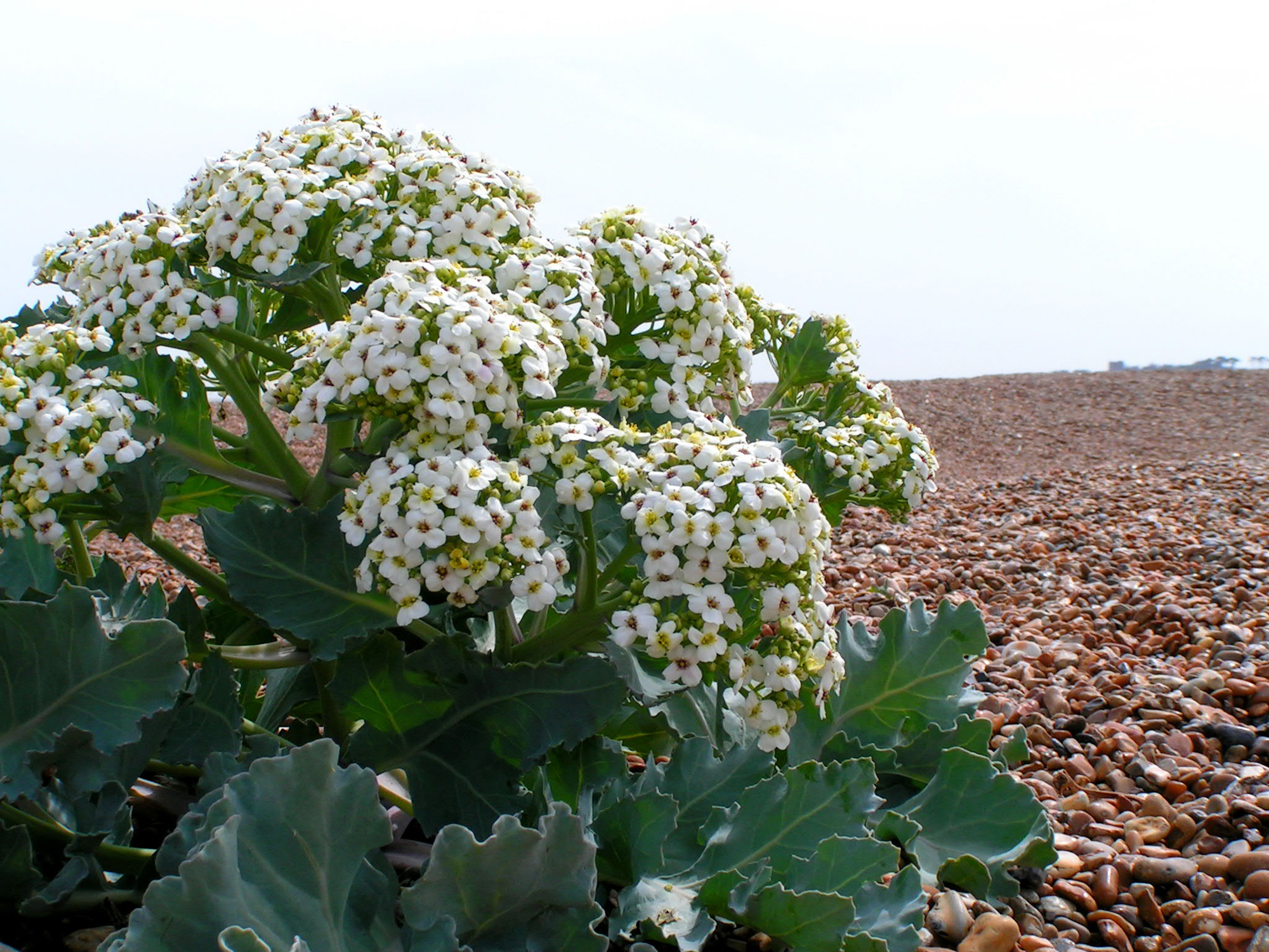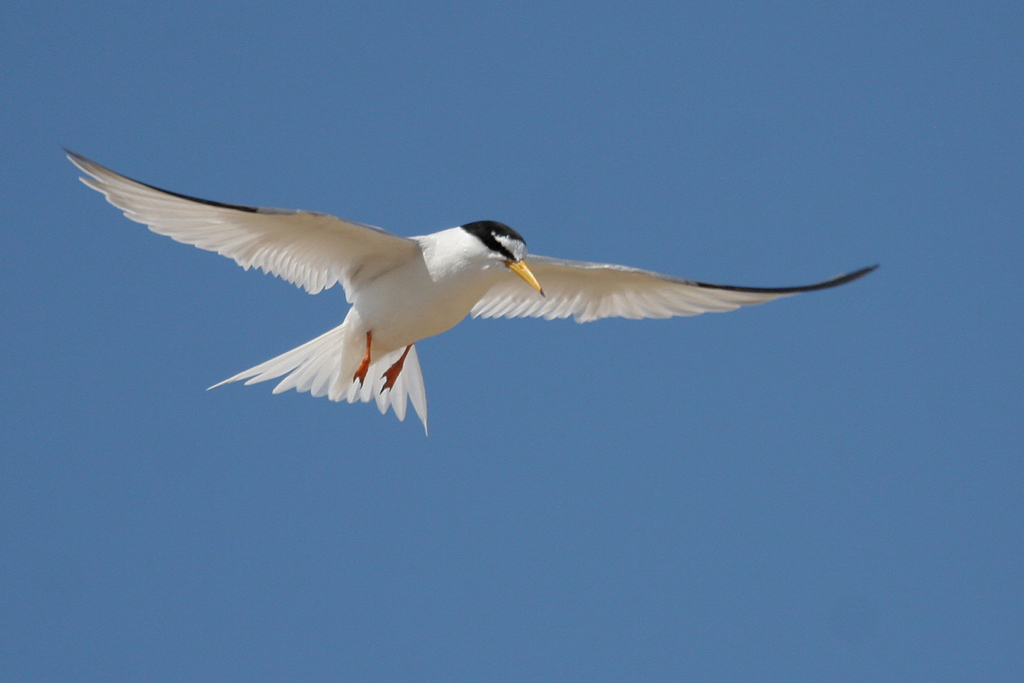What better way to start the New Year than a walk along the coastal path at Shingle Street. You might start something else new. You might start a hare. Since parts of the beach grassed over in the recent years we’ve been blessed with regular visits from these lovely loping creatures. They were always common in the fields at the back but you can often now put one up near the front of the houses and watch it streaking away in a trademark mazy run, zigzagging to confuse any potential pursuer. You can forget about any pursuit yourself, though. The scientific name of the hare is Lepus, which comes from the Latin Levipes meaning ‘light-footed’. And so they are. They have a top speed of about 50 mph and can jump ten feet in one bound. Unlike rabbits, they live their whole lives above ground, usually on open fields, so they depend on their rapid acceleration to escape natural predators like foxes and stoats. They also have eyes set so far back in their heads that they have almost 360-degree vision and can spot trouble a long way off. They’re about twice the size of rabbits and have those distinctive long ears, black at the tips and pink velvet inside.
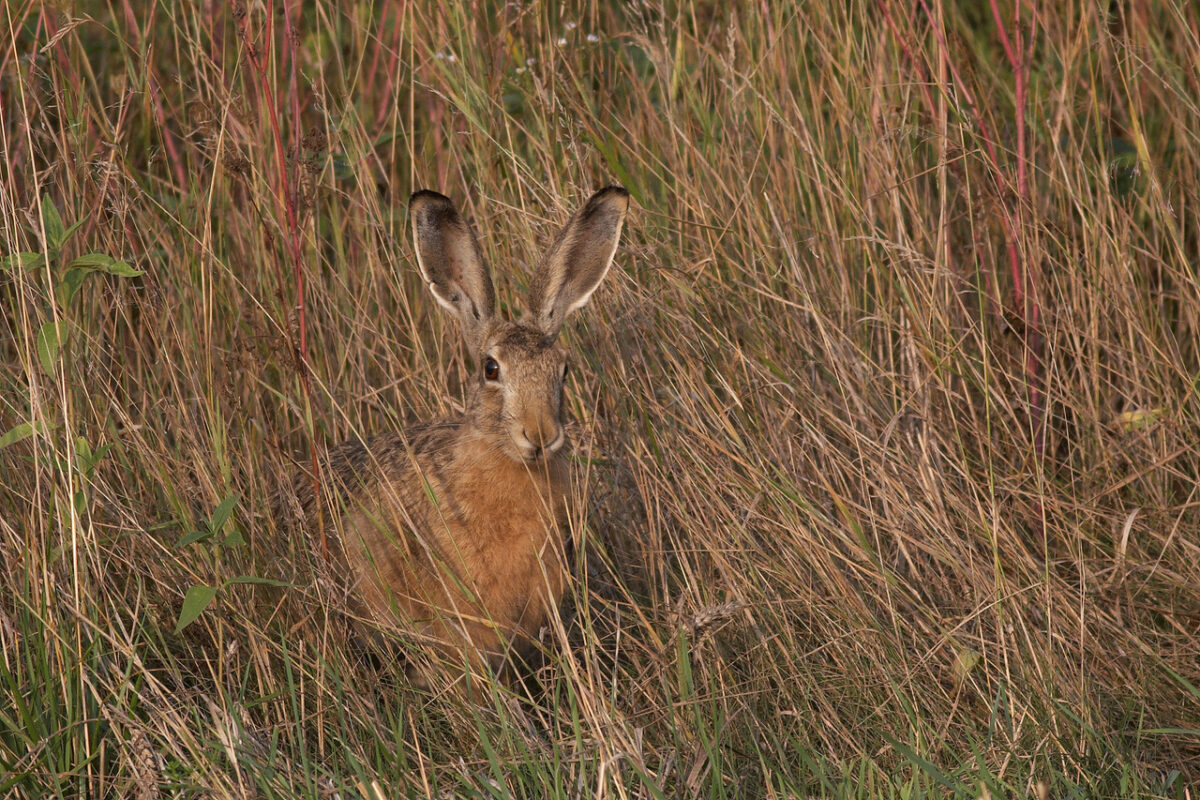
What with climate change you may soon be seeing mad March hares dashing about in January, and you might even catch sight of a couple of them ‘boxing’. This isn’t, as you might suppose, an all-male event, but is more likely a female fending off an amorous male. They’ve long had a reputation for lechery. In classical times the hare was sacred to Aphrodite, goddess of erotic love, and the Roman author Pliny tells us that eating a hare could enhance your sexual attractiveness for nine days. Only nine days? Well, it’s another kind of start, I suppose. Anyway, there is some truth in the old folklore because hares are certainly very fertile. They have up to four litters a year and the females can even get pregnant again while they are still pregnant the first time around. But there’s a reason for that, too. The young leverets are born fully furred and with open eyes, but they are still very exposed and vulnerable at first and to avoid advertising their exact whereabouts the mother (the ‘jill’) only visits them once a day to feed them milk, usually in the evening. They remain easy prey, however, and there’s a very high mortality rate.
We used to be enjoined to ‘go to work on an egg’. I think ‘start a hare to start the year’ is as good a slogan.
Jeremy Mynott
25 November 2022




